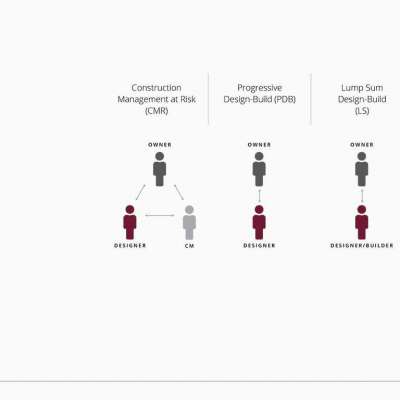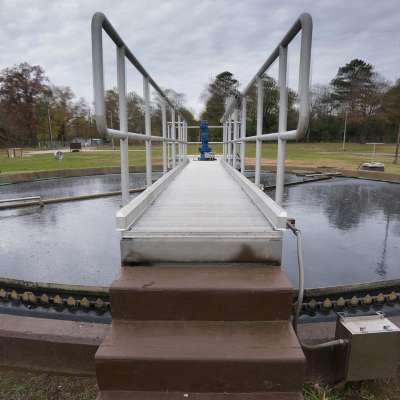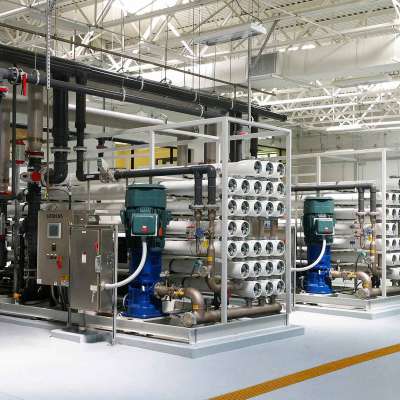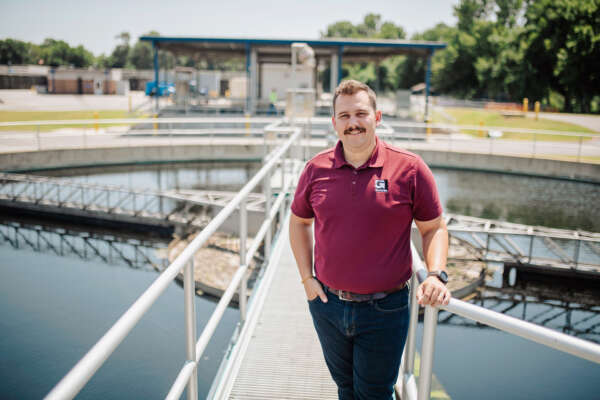The Phosphorus Fix: A Year in Review
WWTP achieves unprecedented nutrient removal
In 2011, Siloam Springs, Ark. achieved immediate success in the first two phases of a three-part wastewater treatment strategy to meet anticipated nutrient discharge limits that will be one of the most stringent in the nation. The city's operation of its biological nutrient removal (BNR) process supplemented by chemical nutrient removal (CNR) process continues to produce a high-quality effluent that is second to none.
"I know a lot of BNR wastewater treatment facilities that utilize effluent filters that do not have the high quality of effluent that we produce with our BNR process," said Siloam Springs Plant Manager Tom Myers.
The BNR treatment process involves a combination of anaerobic, anoxic, and aerobic zones to target effluent phosphorus and nitrate concentrations. The new BNR technology's marriage to the CNR process, which chemically enhances phosphorus removal capabilities through precipitation, helps the plant achieve its low phosphorus levels.
A year after Garver developed, designed and implemented the enhanced nutrient removal program, the plant's operation removed 95 percent of the phosphorus from the influent flow, keeping more than 20 tons of phosphorus out of the Illinois River. The effluent total phosphorus has averaged 0.3 milligrams per liter (mg/L) with minimal chemical addition—a level well below the state-mandated interim permit level of 1.0 mg/L. In addition, although there is no permit requirement at this time, the plant also consistently produces an effluent with nitrate levels below 10 mg/L, a standard effluent limit for advanced nitrogen removal for stream protection.
Garver delivered a custom-designed BNR process without filtration that allows plant operations to be easily adjusted based on the incoming wastewater while operating within design guidelines.
"The biological process's success is dependent on operating the plant like Garver designed it," said Myers. "For instance, there are target design parameters that are critically important like MCRT [mean cell residence time], sludge age and F/M [food to microorganism] ratio. If we do a good job keeping those criteria within Garver's guidelines, then the effluent water quality is excellent."
The completed liquid process treatment upgrades include minor modifications to the headworks facility and primary clarifiers, new BNR and CNR processes followed by conventional clarification, minor modifications to re-aeration and disinfection processes, and odor control. Solids train improvements primarily consist of new primary sludge thickening and fermentation, new WAS thickening, new aerobic digestion and a new solids dewatering facility.
To ensure compliance with the Environmental Protection Agency's potential future 0.037 mg/L phosphorus mandate, the treatment plant is designed to integrate membrane biological reactor (MBR) technology, which provides a physical barrier against phosphorus by using membrane media. Prior to full-scale design, Garver studied two parallel pilot-scale MBR process trains over a six-week period to verify MBR performance at the plant. The data revealed that combining BNR and CNR with MBR technology can consistently produce effluent with phosphorus effluent at 0.025 mg/L, well below any reported ultimate final discharge limits. The plant operator indicated that the total phosphorus following the BNR process ranges between 0.5-0.8 mg/L. For polishing purposes, the operations staff adds approximately 7 mg/L of alum to achieve an effluent total phosphorus concentration of 0.2-0.3 mg/L, without filtration.
Arkansas and Oklahoma originally agreed to require the City of Siloam Springs to meet the unprecedented effluent phosphorus limits by 2012. However, earlier this year, Arkansas and Oklahoma decided to commission further evaluation of the 0.037 mg/L phosphorus limit with findings expected in 2016. Siloam Springs and Garver have already laid the groundwork for efficiently implementing Phase 3's commissioning of membrane biological reactors to achieve the stringent limits. Until that time, the city will continue to achieve impressive nutrient removal and discharge high-quality effluent to the Illinois River.













Share this article